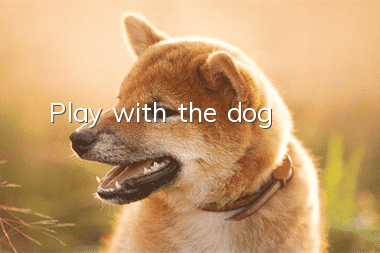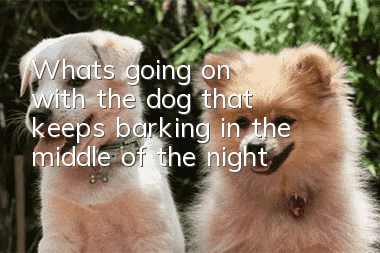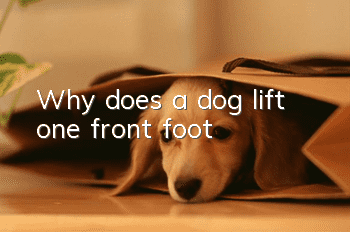Play with the dog

Playing games with your dog is a pleasure. Playing with our pets can build a good relationship between us and our pets. Toys are an important part of these games. These games can be divided into the following three categories:
"Shaking Game"-the dog will hold an object in its mouth and shake it.
"Chasing Game"--the dog will chase some moving objects.
"Strength Game"-this game includes a test of strength
These games imitate a series of hunting behaviors of the dog's ancestors. We train some breeds or types of dogs to strengthen this ability so that they can perform specific tasks for humans, such as retrieving prey, herding, or guarding.
For pet dogs, we can discover these abilities in their play. For example, long-eared hounds and shepherd dogs like chasing games and retrieval games; guarding dogs like "power" games; and hounds like shaking and pulling objects. Each dog's preference for play is different. As for what kind of games your dog likes, you need to judge based on experience.
Dog owners should control their dog's play. This is important for puppies to develop a good relationship with their owners. When playing together, owners should place toys where their puppies can reach them. It should be you, not the dog, who decides when play begins and ends. For example, when playing tug-of-war, your puppy should know that taking out the toy indicates the start of the game. Putting the toy back means the game is over, even if it tugs at your clothes or fingers, you can't continue playing with it.
Play can build a long-lasting relationship between people and dogs. Toys and games can also be used to reward behaviors that need encouragement. So if the dog comes immediately when it hears your call, you can reward it by playing a small game with it. Play also helps the dog know its place among humans. Human dominance can be consolidated by playing some power games with the dog, in which the owner should win most and can forcefully remove the toy. Training while playing is good for both you and your dog.
- Why do dogs keep trembling? Analyze the reasons why dogs’ legs tremble!
- How to train a Miniature Pinscher? Teach you 4 tips for training a Doberman Pinscher!
- How to deal with heatstroke in dogs
- Why do golden retriever ears stink and ooze pus?
- Can Pomeranians catch mice? How should they be trained?
- What are the symptoms of pyometra in dogs?
- How to deworm a Chow Chow Master the good method of deworming a Chow Chow
- What are the methods of feeding Chow Chow at home?
- Is it okay for a dog to take a bath once every three days?
- How to keep a pet in Japan?



